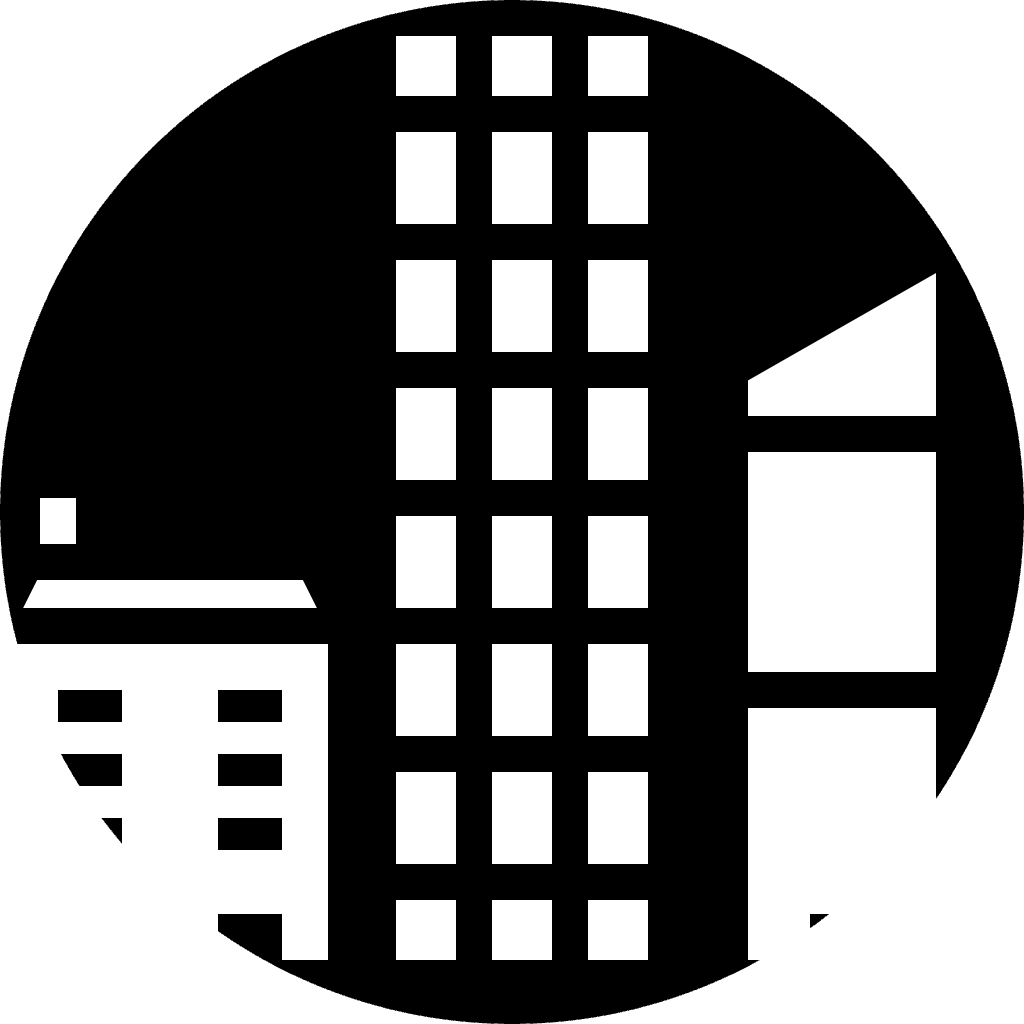This metaphor stops being useful as you start getting into the details, but when you first start thinking about a fictional city, it is worth thinking about it as a person to remind you to consider the things that make it go.

Like a person, a city has:
- A brain
- A Heart
- A Stomach
- Muscles
- An Immune System
- A Nervous System
- Bones
- Blood
- Digestive System
- Naughty Bits
- Gut Flora
The list isn’t comprehensive, but it doesn’t ned to be. It’s just a prompt to remind the creator to think about each of these things, and uses something familiar to provide touchpoints on what to consider. Let’s run through them quickly.
Brains – Who’s in charge? Who runs the city? If something intentionally changes in the city, who makes that decision? This is often the first place the metaphor breaks down, because there are often multiple answers. That’s fine! The goal is not to create a city that adheres to the model, the goal is to just use the model to ask the questions!
A Heart – What keeps this city alive? Does it have a purpose? Is it healthy? In decline? This may be a littler ephemeral, but it’s important because it’s really the core idea of the city.
A Stomach – How does the city eat and drink? It probably can’t produce its own food, and water has to come from somewhere, so where is it coming from? How does it get in? What’s interesting about it? What’s at risk?
Muscles – How does work get done in the city? What sort of industry is there? How do things happen?
An Immune System – What keeps the city from changing? What protects it? Police? Soldiers? Strong neighborhood bonds?
A Nervous System – How does the city communicate? Within itself? With the world outside? How do people find out what’s going on?
Bones – What was this place before it was a city? How has the landscape shaped the city, and how can you still see it today? Why THIS location, not somewhere else?
Blood – How do things circulate? How does transportation work? How are the roads? The waterways? How do people and goods get around?
Digestive System – If the stomach is input, this is…output. Where does the waste go? How much lingers? Are their sewers? What keeps the streets clean?
Naughty Bits – With apologies, what is the role of sex in the cities? What are the mores? What are the roles? How is the oldest profession treated?
Gut Flora – Ok, this is a little esoteric, but useful – who lives in the city and is not necessarily part of it, but at the same time is tightly tied to it? What are the critical symbiotic relationships of the city? Gangs, ethnic neighborhoods, secret conspiracies, religious congregations and more all exist within cities, but it’s worth thinking about which ones are critical to the city.
I keep wanting to rationalize how the bones are the most important, but I’ll settle for saying that this is the bit that gets missed a lot that interests me. It does a lot to make the city stand out for me.
Bones could be seen as the history of the city, or its architecture.